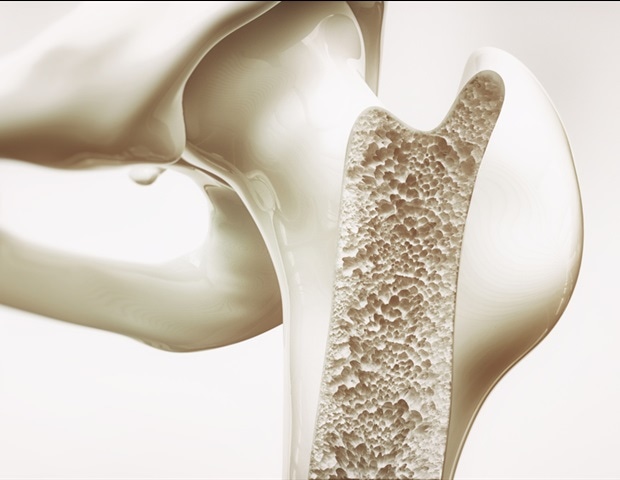Scientists have used a spectroscopy technique to identify and characterize microplastics in the human placenta. The study published in the journal Science of The Total Environment provides a detailed overview of the size, shape, and nature of microplastics found in the placenta.
 Study: Identification of microplastics in human placenta using laser direct infrared spectroscopy. Image Credit: Forance / Shutterstock
Study: Identification of microplastics in human placenta using laser direct infrared spectroscopy. Image Credit: Forance / Shutterstock
Background
Microplastics are small plastic particles of less than 5 mm in size. These potent environmental contaminants are distributed ubiquitously in foods, drinking water, and salts. As a result, microplastics can enter the human body through ingestion and inhalation and induce various adverse health effects.
In prior research, microplastics have been detected in the human lungs, colon, placenta, stool, and blood. Microplastics that are very small in size can efficiently cross cell membranes to enter the bloodstream and subsequently accumulate in various organs, including the placenta.
The placenta acts as the primary interface between maternal and fetal environments. It provides nutrients and oxygen to the fetus through the umbilical cord. Thus, the presence of microplastics in the placenta may increase the risk of fetal exposure and potential health hazards.
In the current study, scientists in China used laser direct infrared spectroscopy to detect and characterize microplastics in the human placenta. This laser-based imaging and spectroscopy technique accurately captures particles of varied sizes and shapes. In addition, since the technique is fully automated, human interference can also be eliminated.
Important observations
A total of 17 human placentas were analyzed in the study using laser direct infrared spectroscopy. Microplastics were detected in all tested placentas. The average abundance was 2.7 particles per gram of placenta.
Among detected microplastics, 11 polymer types were identified. Polyvinyl chloride was the most frequently seen polymer, with an average abundance of 1.19 particles per gram of placenta.
The other detected polymers were polypropylene, polybutylene succinate, polyethylene terephthalate, polycarbonate, polystyrene, polyamide, polyethylene, polyacrylamide, and polysulfone.
A high prevalence of polyvinyl chloride and polypropylene was observed in the placenta. A significant variation in size was found between various polymer types. Polyvinyl chloride, polypropylene, and polyethylene terephthalate were the main polymers in size ranges of 20–100 μm, 100–200 μm, and >200 μm, respectively.
Based on the basic properties, four subgroups of microplastics were detected, including fragment, fiber, film, and subspherical particle. The most predominant subgroup was fragments, followed by fibers, films, and subspherical particles.
Among microplastics ranging 20–200 μm, a fragment was the most dominant shape. However, fibers were dominant among microplastics larger than 200 μm. About 80% of the detected microplastics were 20–100 μm in size. The rest were 100–200 μm and larger than 200 μm.
Study significance
The study identifies microplastics in the human placenta, with polyvinyl chloride and polypropylene being the predominantly detected polymers. The majority of microplastics are smaller than 100 μm in size.
Studies have shown that smaller particles have a higher ability to cross the placenta and translocate to the fetus. Moreover, polyvinyl chloride and polypropylene induce potential health hazards, including oxidative stress, reproductive system dysfunction, carcinogenesis, and immune system dysfunction.
Given these potential health hazards, scientists recommend performing more studies to determine the prevalence of microplastics in the human fetus and their potential impact on fetal development.

 PARENTING TIPS
PARENTING TIPS







 PREGNANCY
PREGNANCY








 BABY CARE
BABY CARE








 TODDLERS
TODDLERS








 TEENS
TEENS








 HEALTH CARE
HEALTH CARE







 ACTIVITIES & CRAFTS
ACTIVITIES & CRAFTS








 CONTACT
CONTACT ABOUT
ABOUT













